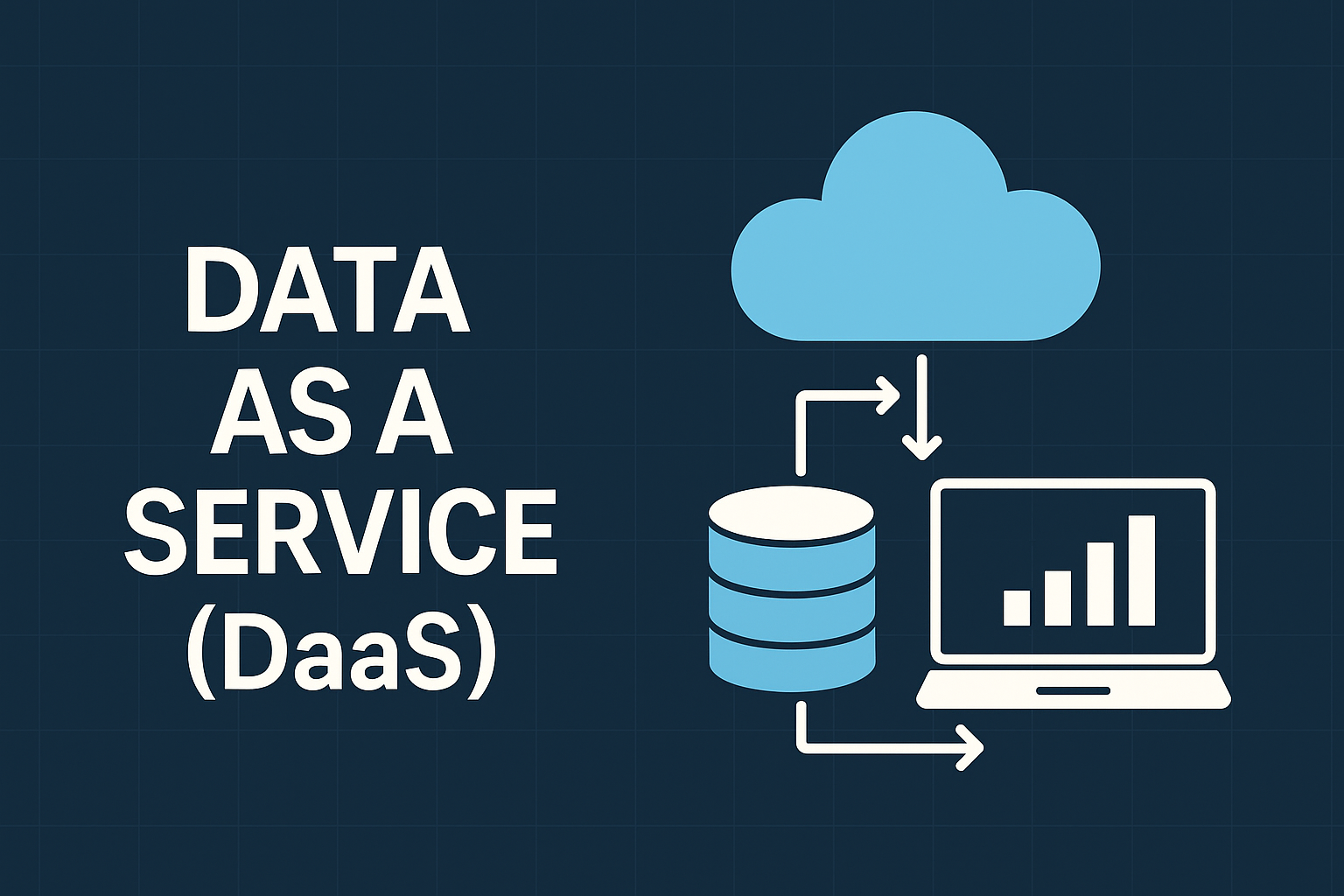Every day the world creates huge amounts of data. Banks, online shops, social media, and even sensors in machines generate information all the time. For many companies, this data is useful, but managing it is hard and expensive. dados as is a new way to solve this problem. Just like Software as a Service, where you use software online without installing it, DaaS lets you use data on demand from the cloud. You only pay for what you use Aiyifan. This makes data easier, faster, and cheaper to access.
Key Features of DaaS
dados as has some main features that make it different from traditional data systems:
-
On demand access – companies can get data whenever they need it.
-
Cloud based – data is stored and managed in the cloud, not in local servers.
-
Easy integration – data can connect to systems through APIs or tools like JDBC and ODBC.
-
Scalability – the service grows with the company’s needs.
-
Multi platform – works across different cloud providers.
Common Services in DaaS
dados as providers offer different kinds of services. Some of the most common are:
Storage and management – safe places to store large datasets.
Data integration – bringing information from many sources together.
Data cleaning and enrichment – checking if emails, phone numbers, and addresses are valid.
Real time data streams – updates that come in live, useful for finance and IoT.
Pre built datasets – ready to use data for research, business, or marketing.
Example: A marketing company can use dados as to enrich customer lists with location or behavior data. This helps create better ads.
Pricing Models
DaaS is flexible because you can pay in different ways.
| Pricing Model | How it Works | Best For |
|---|---|---|
| Subscription | Fixed monthly or yearly fee. | Companies that need regular data access. |
| Pay per use | Pay only for the amount of data used. | Finance, government services. |
| Per API call | Pay for each data request made. | Startups, digital apps. |
| Hybrid | Base fee plus extra charges for extra use. | Large companies with changing needs. |
Benefits of dados as
Using DaaS brings many advantages:
-
Lower costs – no need to buy and maintain servers.
-
Fast access – get data in minutes, not days.
-
Scalable – grows as your business grows.
-
Better quality – providers clean and standardize the data.
-
Flexibility – works with multiple cloud platforms, reducing lock in.
Quick View Table
| Benefit | Impact |
|---|---|
| Lower costs | Saves money on IT infrastructure. |
| Fast access | Speeds up decision making. |
| Scalability | Supports growth without issues. |
| Better quality | Ensures reliable, accurate data. |
| Flexibility | Avoids dependence on one vendor. |
Challenges of dados as
Even with many benefits, DaaS also has challenges:
-
Security and privacy – data must follow laws like GDPR, CCPA, and LGPD.
-
Governance – companies need rules on who can use the data.
-
Network latency – real time data may be slow in poor internet areas.
-
Legacy integration – older systems may not connect easily.
-
Vendor dependence – risk of relying too much on one provider.
Tip: Companies should set clear contracts and service level agreements to reduce these risks.
Use Cases of dados as
Different industries are already using DaaS:
-
Finance – banks use DaaS for credit scores and real time risk checks.
-
Government – some agencies sell access to public data through APIs.
-
E-commerce & Marketing – customer data enrichment for better targeting.
-
Healthcare – hospital systems integrate patient records for better care.
-
Market research – ready datasets for trends and competition analysis.
| Industry | Example |
|---|---|
| Finance | Real time credit scoring. |
| Government | Data APIs for tax or citizen records. |
| Marketing | Demographic enrichment for customer lists. |
| Healthcare | Unified patient records in the cloud. |
| Analytics | Pre built datasets for research. |
Future Trends
DaaS is growing fast. Some trends to watch:
-
Real time DaaS – more live data services using tools like Kafka and ClickHouse.
-
Modern architectures – part of new models like data mesh and data fabric.
-
Digital government – more public data offered as services.
-
AI and automation – machine learning used for cleaning and governance.
-
Ethics and compliance – stricter rules for safe and fair data use.
FAQs
1. What is Data as a Service (DaaS)?
Data as a Service (DaaS) is a cloud based model where data is delivered on demand through APIs or platforms. Companies can access, use, and pay only for the data they need.
2. What are the benefits of Data as a Service (DaaS)?
The main benefits include lower costs, faster access to data, better data quality, easy scalability, and flexibility with multi cloud support.
3. How does dados as work?
DaaS works by storing and managing data in the cloud. Businesses can connect through APIs, JDBC, or ODBC to get real time or batch data without managing servers.
4. What challenges come with Data as a Service (DaaS)?
Challenges include data security, privacy compliance, integration with old systems, network latency, and risk of depending too much on one vendor.
5. Which industries use dados as?
Industries like finance, government, healthcare, e-commerce, and marketing use DaaS for credit scoring, public data, patient records, customer enrichment, and analytics.
6. What is the future of Data as a Service (DaaS)?
The future of DaaS is moving toward real time data delivery, AI-driven automation, stronger governance, and wider use by governments and enterprises.
Conclusion
dados as is changing the way companies use information. It makes data available as a simple cloud service. The benefits are clear: lower costs, faster access, better quality, and scalability.But organizations must also manage security, governance, and integration challenges. With careful planning, DaaS can become a strong part of digital transformation.
Looking ahead, DaaS will grow with real time data, AI automation, and government adoption. For businesses, it is not just an option anymore – it is the next step in staying competitive in the data driven world.

